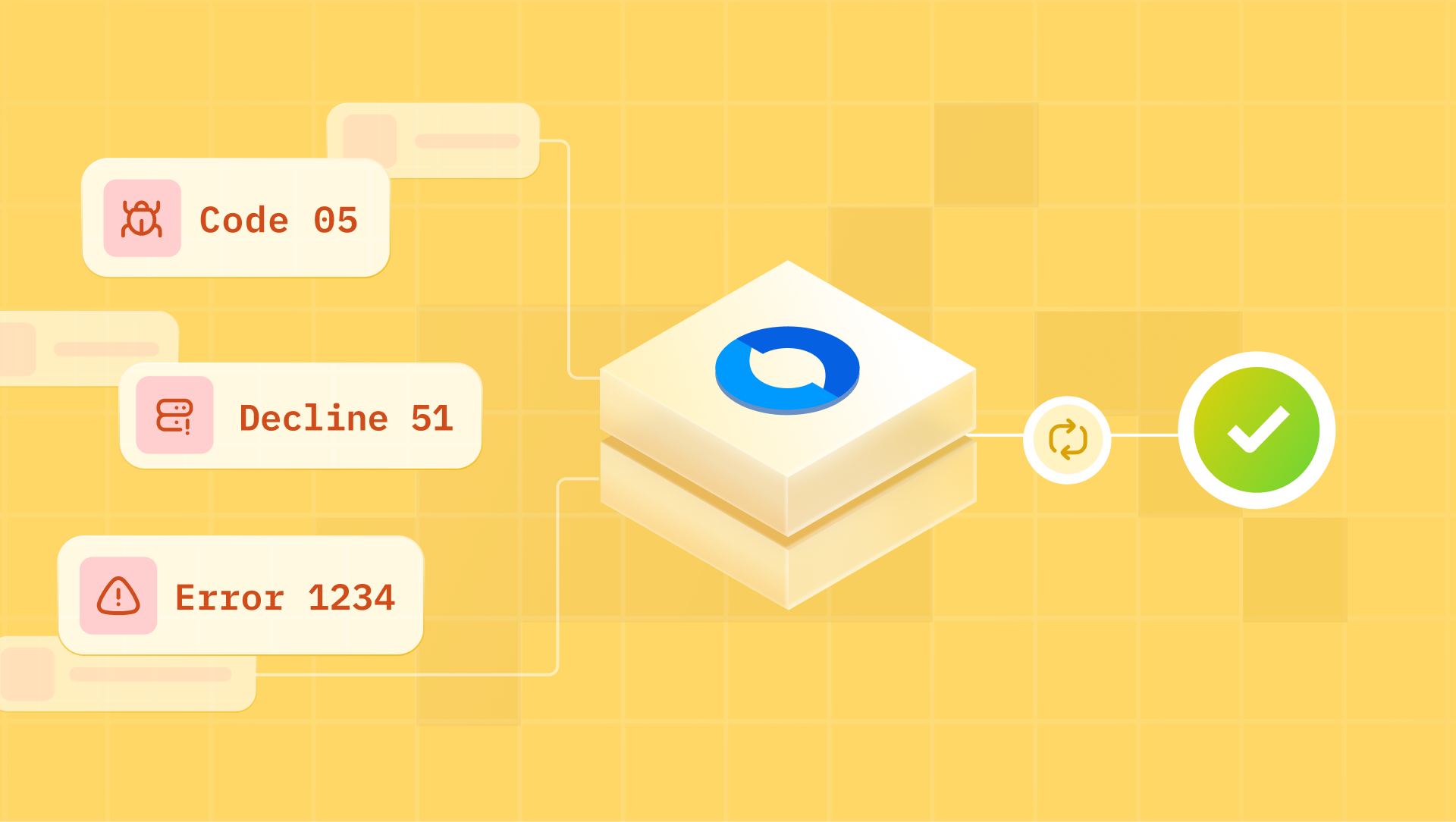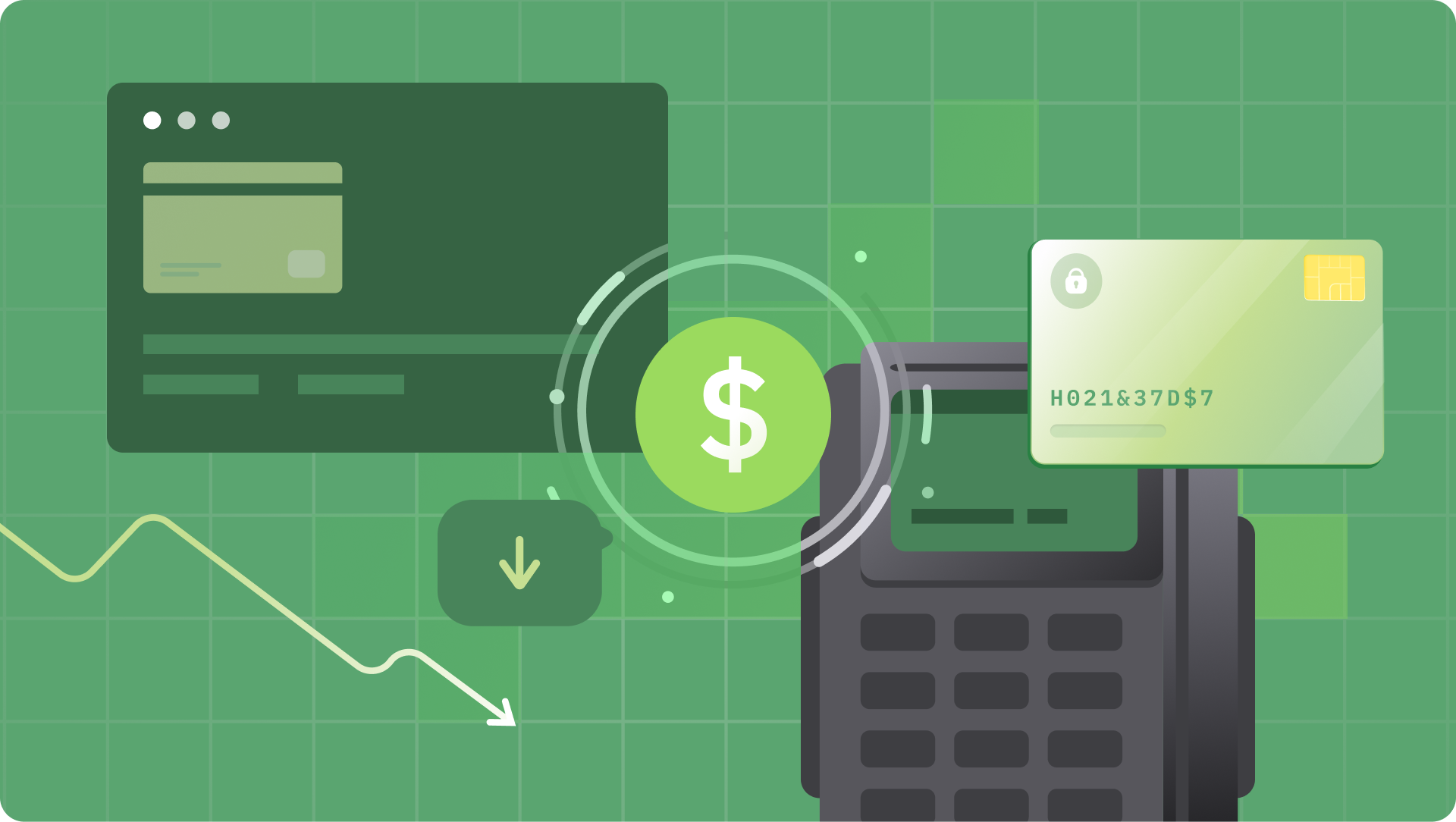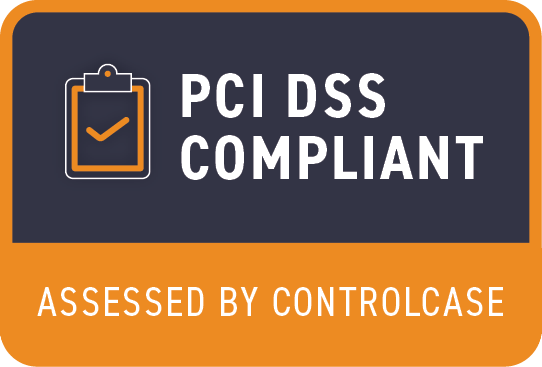All of us create software one way or another, be it in the form of blogs or videos or photos etc., and this software creates value for people across the world. Payments are the means for us to capture some of that value for ourselves. However, payments do not transcend borders as seamlessly as software. The process of making payments across borders is surprisingly not so straightforward even today. Whether you're a business owner or an individual, having to make international payments often leads to frustrations – from delays to uncertainties about fees. In this blog post, we embark on a journey to unravel the intricacies of why international payments can be expensive and convoluted, shedding light on the mechanisms that govern cross-border financial transactions. We’ll also touch upon some possible workarounds to process cross border payments reliably.
Why are International Payments Complex?
International payments operate in a digital landscape where transactions involve the exchange of digital representations of currency rather than physical money. Despite the apparent simplicity, the system is marked by complexities that contribute to its perceived costliness. The root cause of this difficulty is the absence of direct relationships between all banks globally. This necessitates the involvement of intermediary banks, leading to additional fees and processing steps. In essence, the digital nature of transactions doesn't eliminate the need for a convoluted network of financial entities.
How Does It Work?
Consider a scenario where an individual banking with an American bank, wants to send US dollars to a recipient in Brazil with a Brazilian bank account. The process involves nostro accounts, where each bank maintains funds in the other's currency on deposit. Swift, a messaging service, facilitates communication between these banks, instructing the movement of funds from one account to another. While this may seem straightforward, the efficiency of the process relies heavily on pre-existing relationships between the involved banks. This brings correspondent banks into the picture to connect these two banks and facilitate communication between them.
Correspondent Banking
The complications intensify when correspondent banking comes into play. If the sender's bank lacks a direct relationship with the recipient's bank, a third-party correspondent bank steps in. This additional layer introduces further fees and potential delays, making the overall process even more intricate. The correspondent bank essentially acts as a bridge, facilitating the transfer by shuffling funds between nostro accounts.
Challenges in the System
The challenges in the international payments system go beyond the technicalities of digital transactions. National holidays, time zone differences, and stringent regulatory requirements contribute to delays. In the United States, for instance, the Federal Reserve's wire system, Fedwire, has fixed closing hours, limiting the timing of transactions. Additionally, recipient banks often enforce stringent checks for larger transactions to ensure compliance with anti-money laundering regulations.
Looking to the Future
Despite its complexities, understanding the various layers of the international payments process provides a foundation for potential improvements. Efforts to streamline global banking relationships and enhance technological infrastructure could pave the way for a more efficient and cost-effective system.
Having said that, what can your SaaS business do now to ensure that your product reliably transcends borders? There are a host of payment use cases your business might encounter: one time payments, recurring payments, payouts to resellers & partners.
The first challenge here would be to identify the payment processor that supports all these use cases across the geographies that your business operates. More often than not such processors might not exist. Which is why a better approach would be to identify and integrate your application with multiple payment processors.
Though this comes with its own set of challenges, many of them can be solved by using a payment switch. There are also a number of advantages to integrating multiple payment processors. De-risking payments, cost advantages, conversion rate optimization and so on.
The next consideration would be to identify the best payment method for your business. If your business involves a lot of transactions of a low ticket size or if you operate in a competitive product category, you would most certainly need to accept cards or any real time payment method.
In case your business involves the opposite and you have high ticket sizes, you are better off encouraging your customers to use bank payment methods like bank debits, bank transfers and bank redirects as these payment methods have a significantly lower processing fee. This is because of the lesser number of intermediate layers like card networks that are required to process the transaction.
In navigating the terrain of international payments, we find ourselves in a system rooted in digital transactions but entangled in a web of relationships, regulations, and intermediary entities. While it may seem complex, breaking down the process sheds light on areas where future innovations could lead to a more effective global financial landscape.








